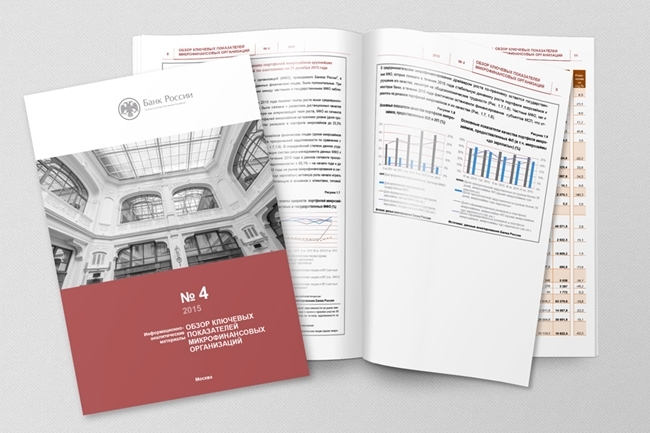Microloans in stronger demand with the population as investment in microlenders dwindles
The amount of microloans for the reporting period rose by a mere 6.5% to total 139.9 billion rubles, according to the ‘Review of Key Figures of Microfinance Organisations’ (No.4. 2015) by the Bank of Russia’s Non-bank Financial Institutions’ Statements Collection and Processing Department.
According to the review, the growth in the total volume of funds provided occurred on the back of the number of loans extended to individuals. At the same time, the average amount of such loan dropped from 12.2 thousand to 10.4 thousand rubles, with the so-called ‘payday loans’ posting a strong 45.6% growth and totalling 62.8 billion rubles.
The volume of microloans to self-employed entrepreneurs shrank by 23.1% and to legal entities by as much as 4.0%.
It is worth noting though that the average microloan to self-employed entrepreneurs rose from 311.0 thousand to 340.3 thousand rubles, and to legal entities from 350.8 thousand to 533.1 thousand rubles.
In microfinance for private entrepreneurs, state-owned MFOs remain to be a growth driver, with their portfolio expanding steadily and quality improving.
The portfolio of microloans extended grew by 22.7% to total 70.3 billion rubles, while the amount of written-off loans rose, too.
The reporting period saw microloan rates going down, as well as rates for banking loans.
In 2015, there was a substantial drop (from 231 to 170) in the number of MFOs attracting loans from non-founding third party individuals, resulting in the total volume of such funds contracted from 8.4 billion to 6.4 billion rubles.
Shrinking percentage margins, together with growing overdue amounts, were also impacting on financial performance of MFOs. Their 2015 profits totalled 4.1 billion rubles, down on the previous year by 14.5%.
Throughout the year, the Bank of Russia’s policies were focused on the protection of borrowers’ and investors’ interests in the market of microfinance, as the regulator gave special priority to MFO reporting and watched solvency indicators. In the year 2015, the number of MFOs fell by 512, leading to the MFO register made up of as many as 3,688 organisations, a drop of 12.2% on the 2014 reading.

